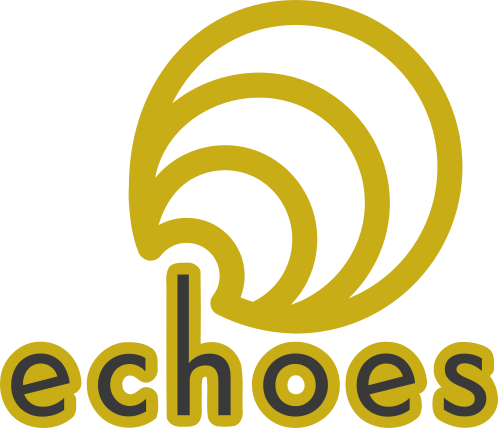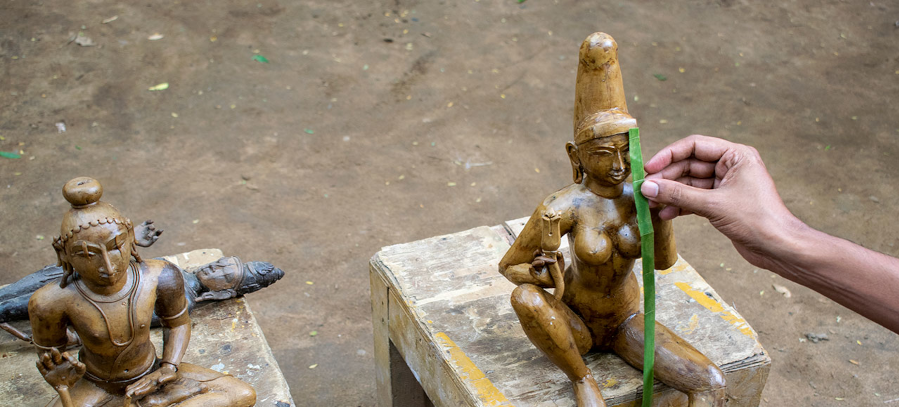Practice of Accounting 📊
We followed the practices of both the village revenue accountant as well as the merchant accountant. The teacher to us is more a character of a pedagogue at work. This would mean where learning happened at the site of work, integral to the practice of making and doing, such as carpentry, sculpture, boat building, instrument making, architecture. In this collection, there is a predominant presence of texts, called the Kanakkatikaram.
Links to Stories
Bibliography
Resources

